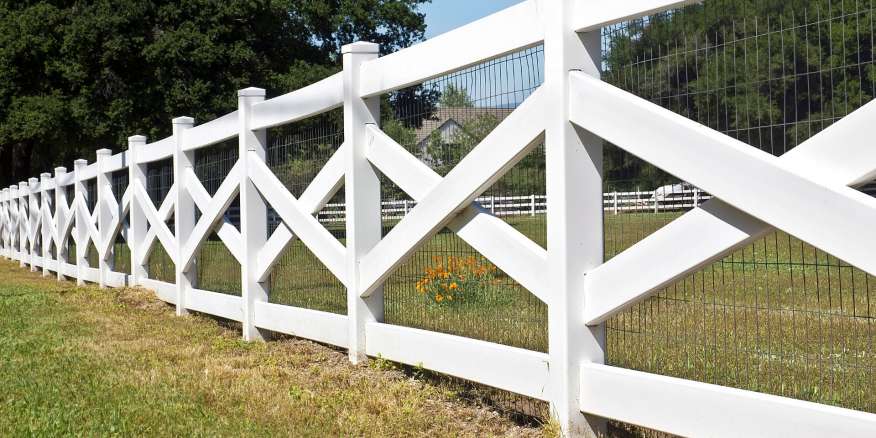 Explore the intricacies of Alberta’s Line Fence Act and the pivotal rules and obligations it sets forth when erecting fences to safeguard against wandering livestock. This comprehensive guide delves into the shared responsibilities of adjoining landowners, shedding light on the equal cost-sharing paradigm for building and maintaining fences.
Explore the intricacies of Alberta’s Line Fence Act and the pivotal rules and obligations it sets forth when erecting fences to safeguard against wandering livestock. This comprehensive guide delves into the shared responsibilities of adjoining landowners, shedding light on the equal cost-sharing paradigm for building and maintaining fences.
In the event of disagreements between adjoining landowners regarding fence quality, value proportion, expenses, location, repair obligations, or compensation, the Line Fence Act mandates an arbitration process. Each party appoints an arbitrator, ensuring a fair resolution in accordance with Alberta’s Arbitration Act. Failure to appoint an arbitrator may lead to a justice of the peace intervention, emphasizing the importance of a structured dispute resolution mechanism.
Highlighting the specificity of the Line Fences Act applies exclusively to fencing situations involving livestock. While governing fence erection and maintenance, the Act does not impose a positive obligation to build fences. Moreover, it operates independently of common law rules, providing clarity on liability in trespass cases involving wandering livestock and property boundaries.
Addressing legal intricacies surrounding fence line ownership, this section explores questions like one property owner removing a fence line without the adjoining land neighbour permission, ‘no trespassing’ scenarios, and surveyor rights. Despite the regularity of questions on fence disputes, the research indicates that few disputes escalate to court, often yielding to good neighbor policies.
Delving into the obligations set out by the Line Fence Act of Alberta, this section elucidates Section 2(1), emphasizing the shared expense burden when adjoining parcels decide to erect a line or boundary fence. The Act recognizes that if one party initiates the construction, the other party must contribute as soon as benefits are received.
Examining the complex web of obligations and rights in fence ownership, this section discusses scenarios where neighbours contribute to a fence, emphasizing potential future interests when one party may have cattle. The law’s arbitration process comes into play when neighbours cannot agree, providing a structured framework for resolving disputes.
Addressing the legal requirement of fence placement, this section highlights that the arbitration process allows arbitrators to decide the ‘proper location’ of the fence line without affecting title to the land. The importance of surveys is underscored, with surveyors granted the right to cross private property for accurate determinations.
Delving into the concept of trespass, this section emphasizes that the law contemplates the possibility of fences not being precisely on the boundary line. Minor wrongs may not warrant legal intervention unless deliberate misconduct is proven, offering a nuanced perspective on fence placement legality. Understanding fence laws requires navigating a complex legal landscape. These insights, although general, provide valuable guidance, encouraging individuals to seek diverse opinions and personal counsel when dealing with legal matters.
Hi! I’m Erin Crocker. I’m a real estate lawyer with over 10 years of experience in Alberta and British Columbia real estate law. I love technology and efficiency. I’m on a mission to create a modern, digital closing experience for buyers and sellers through technology, transparency and sharing knowledge.